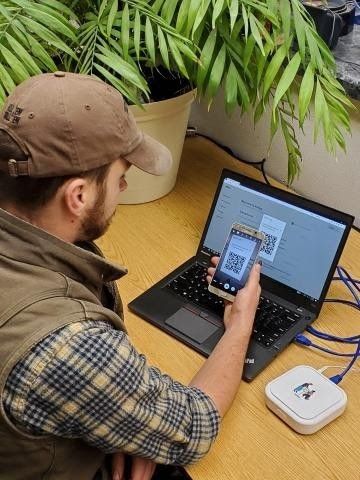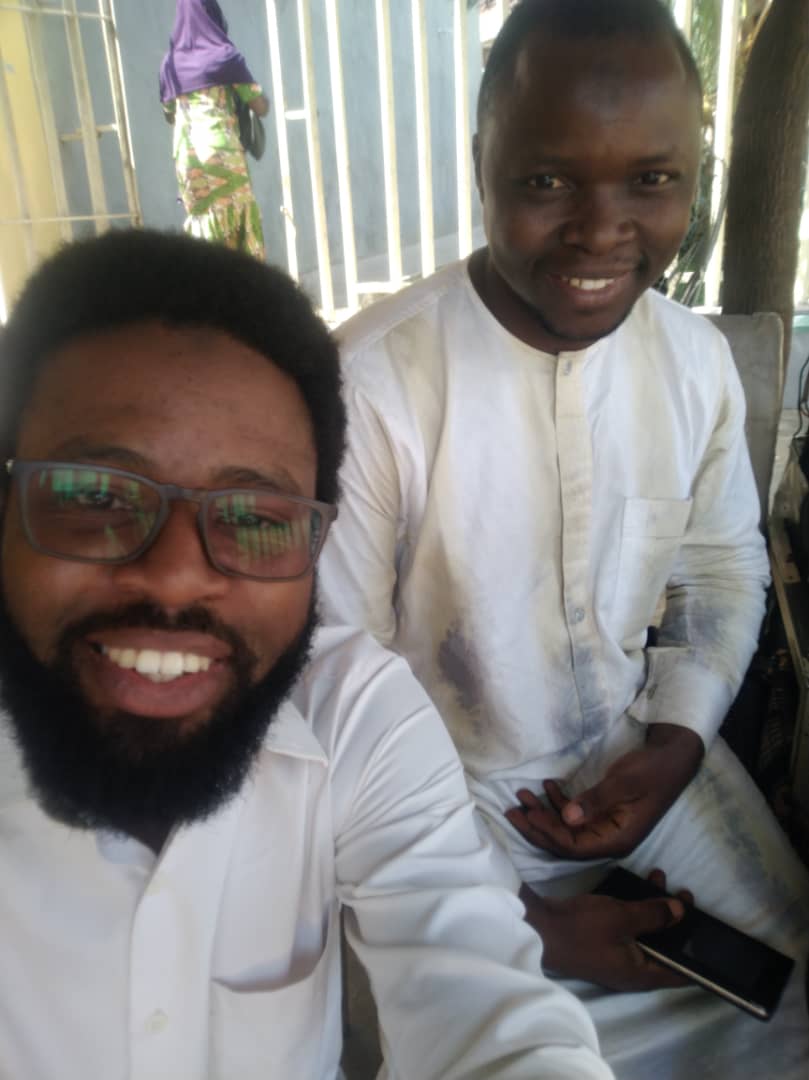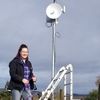Thoughts on the Interconnection between Communications and Financial Services

Financial empowerment and the ownership and choice of communications are the key pillars to solving the digital divide. Recent numbers from Microsoft indicate that over forty percent of people in the US do not access the internet at broadband speeds, a problem that is often relegated to the lack of infrastructure, making the case that there simply isn’t enough “internet pipes” to reach everyone. A quick glance at the amount of under-served in major urban areas, where there exists a diversity of infrastructure shows the lack of nuance to this hypothesis. Portland, Oregon, for example, recently published a feasibility study that showed that 13% lacked access to broadband and New York City’s request for proposal indicates that 15% of the population have no access to internet at all. This is despite billions of dollars of federal grants and the capital investment of many major telcos.
I have had the unique opportunity over these past few years to interact with both under-served rural and urban communities and have gained a much broader understanding of the extremely nuanced and interconnected problems that plague many Americans and their lack of access to broadband. The key surprise and takeaway was that it is deeply rooted in the lack of access to financial services.

For many people, we do all of our business online and use banks with ease. We can choose where to put our money, how we want to pay for things, and earn interest or invest. These financial services are empowering things - we can leverage what we have to work for us. But, for many of our neighbors (the FDIC in 2019 reports that 22% or over 60 million people in the US are underbanked or unbanked), they bank in very different ways. They use the grocery, convenience store or Walmart to cash their paychecks, pay expensive fees for pre-paid debit cards or money orders, send money to family and friends with expensive services like Western Union, and never have the opportunity to have ownership, choice, and empowerment of their money.

With only cash in hand, this can lead to difficulty in paying for an internet bill. Exchanging cash for money orders or a prepaid debit card is expensive and has to be done in person, making that monthly internet bill even more costly and difficult to stay timely with. This rigidity of a monthly recurring payment, sent often by mail or email, can also pose a hardship for people who may have intermittent income, or work so many hours that it is difficult to take the time to exchange cash. This can lead to falling behind in the monthly internet payment and eventually to “broadband debt” as that bill becomes so large and goes to a collection agency. Those with large amounts of broadband debt may find that they are unable to set up any other internet services without first paying a large bill. This also preludes them from taking advantage of many subsidized programs like Comcast Essentials, which requires a monthly payment of $15 a month AND to be in good standing with Comcast.
We see this divide in cell phone access as well, but what has emerged are flexible payment structures, with cellular carriers seeing the opportunity for market share to the approximately 79 million prepaid subscribers in the US. In fact, “data credits” are bought and sold throughout the world in much the same way, which leads to several unique insights into the interconnection of accessibility of financial services and telecommunications.
In emerging markets with a larger underbanked population, we can look to the success of M-Pesa, a branchless mobile payment service offering an easy way to transfer money, and pay for goods and services (Lipa na M-Pesa). Further, M-Pesa users can also access the empowering functions of credit and savings, all with a mobile device. M-Pesa started in Kenya in 2007 and is now widespread, with presence in Tanzania, Mozambique, DRC, Lesotho, Ghana, Egypt, Afghanistan and South Africa. In Kenya, this has spurred adoption rates, with internet penetration growing substantially year-over-year. This example shows an interconnection of financial empowerment and telecommunications that can be translated into the US market as well.

The US is currently focused on enabling more broadband access, and, rightly so. Access to broadband improves outcomes in education, healthcare, and is proven to have numerous economic benefits. Broadband access is not just about building more infrastructure, however, we need to build systems that truly empower people to have ownership and choice.

